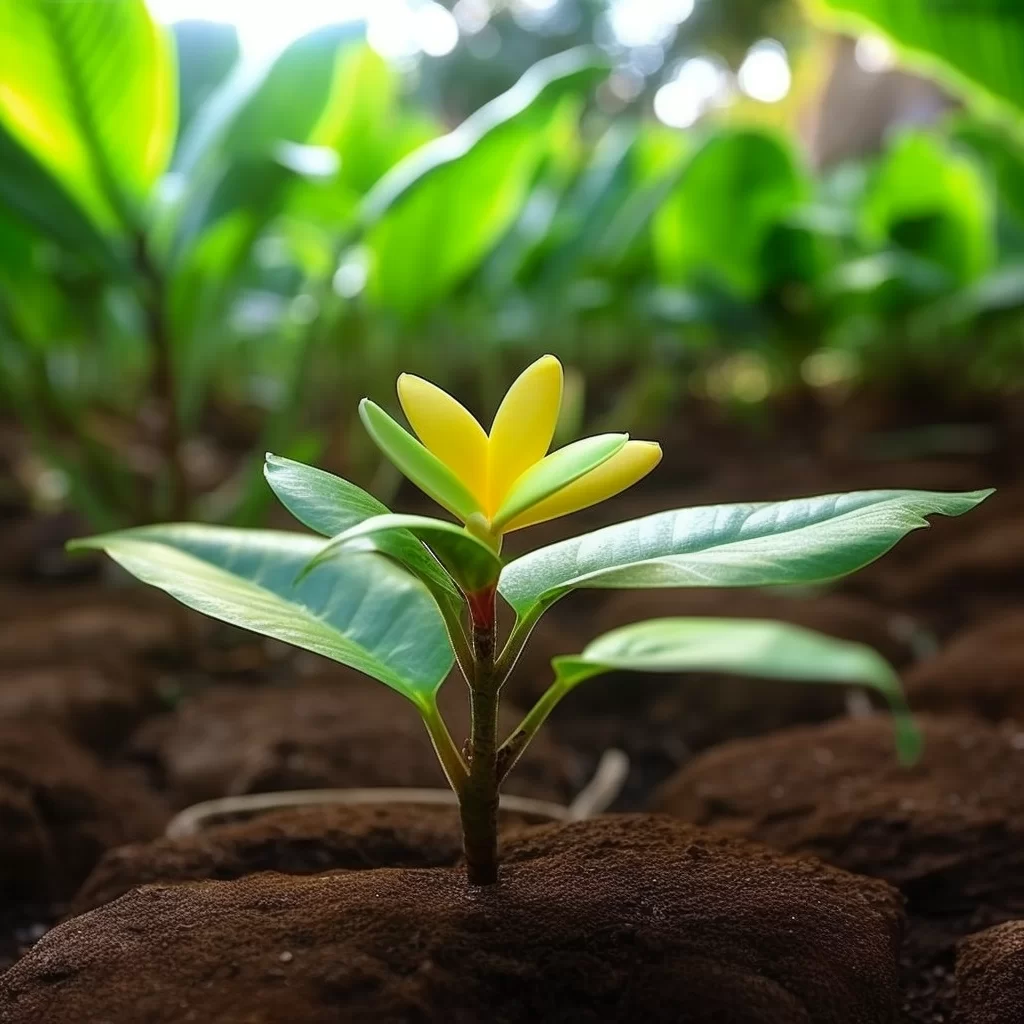Story of Day :
Contents
Frangipani Plant: Complete Guide and Care Tips
Introduction
If you’re a garden enthusiast, you must know about the frangipani plant.
The plant is famous for its stunning beauty, exotic fragrance, and vibrant colors.
It’s a tropical tree that belongs to the Apocynaceae family and is native to Central America, Mexico, and the Caribbean.In this article, we’re going to discuss everything you need to know about growing and caring for frangipani plants in your garden.
Care Tips
 Growing frangipani plants isn’t difficult if you follow these care tips:
Growing frangipani plants isn’t difficult if you follow these care tips:
Sunlight Requirements
Frangipanis require plenty of sunlight to grow well.
Ideally, they should be planted in full sun with at least six hours of direct sunlight per day.
Soil Requirements
The soil should be well-draining with a pH between 6.5-7.5.
Frangipanis don’t like waterlogged soil as it can lead to root rot.
Fertilizer Requirements
Frangipanis are heavy feeders and require regular fertilization during their growing season (spring-summer).
You can use a slow-release fertilizer or liquid fertilizer every three weeks during this time.
Watering Requirements
The plant requires moderate watering; overwatering can lead to root rot or fungal diseases.
Water only when the topsoil feels dry; avoid watering directly on leaves or flowers as it may cause spotting or damage them.
Growth Cycle of Frangipani Plants
Frangipani trees usually reach their maturity after five years from planting seeds or cuttings in warm weather conditions with adequate sunshine exposure throughout the year like those found in tropical regions.
Propagation
 Frangipani can be propagated through cuttings.
Frangipani can be propagated through cuttings.
Take a cutting from the tree and let it dry for a few days before planting it in soil.
Water regularly and keep the soil moist until you see new growth.
Pests and Diseases
Frangipanis are susceptible to pests like spider mites, whiteflies, aphids, mealybugs, scale insects, etc.
Regular monitoring of the plants is important to detect them early on as they can cause serious damage if not addressed promptly.Diseases like root rot may occur due to overwatering or waterlogging; fungal infections may also affect leaves or flowers if humidity levels are high.
Using fungicides or insecticides should be done judiciously as they may harm beneficial insects too.
Conclusion
Growing frangipani plants can add an exotic touch to your garden; with their stunning beauty and sweet fragrance, they’re sure to captivate everyone’s attention.
By following these care tips mentioned above along with timely pruning and pest management measures when necessary will help ensure that your frangipani plant is healthy and happy for years to come!